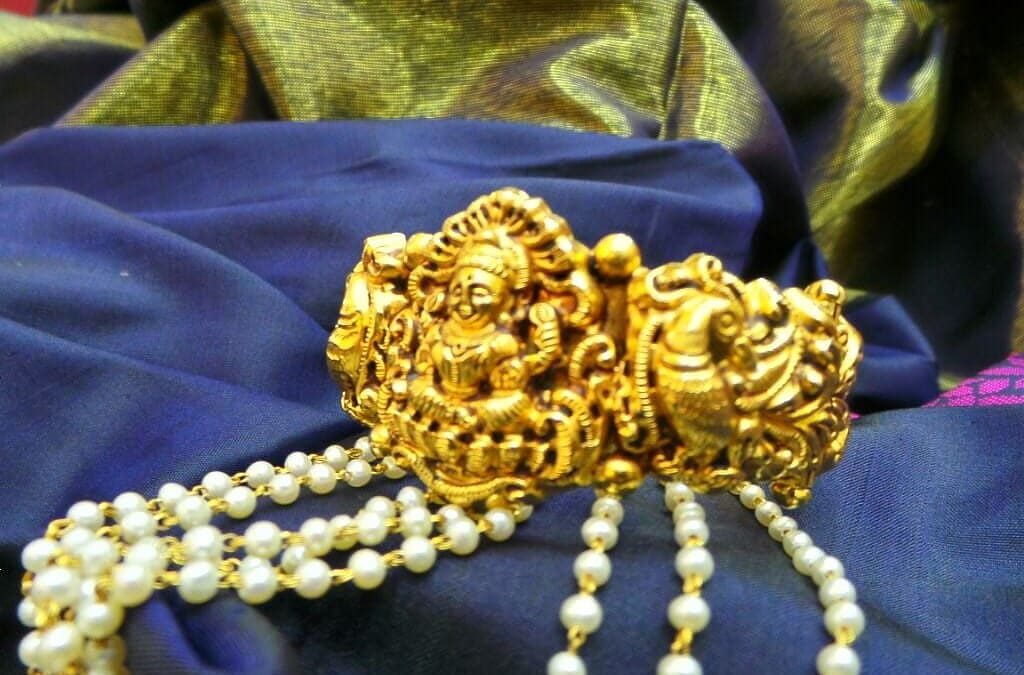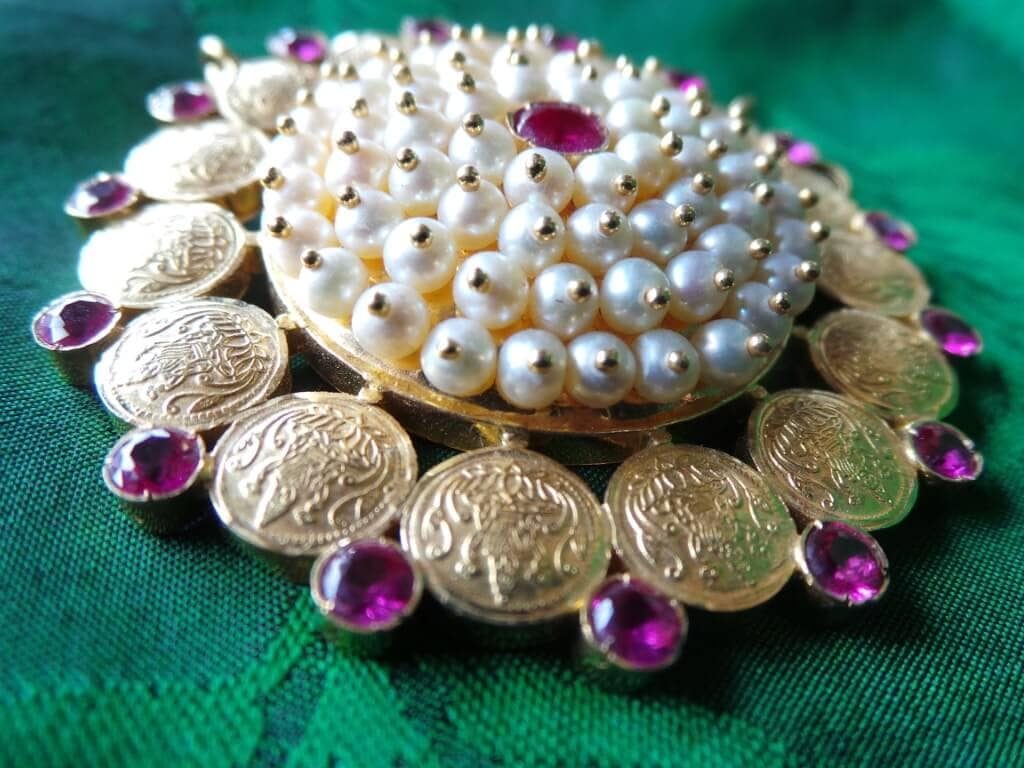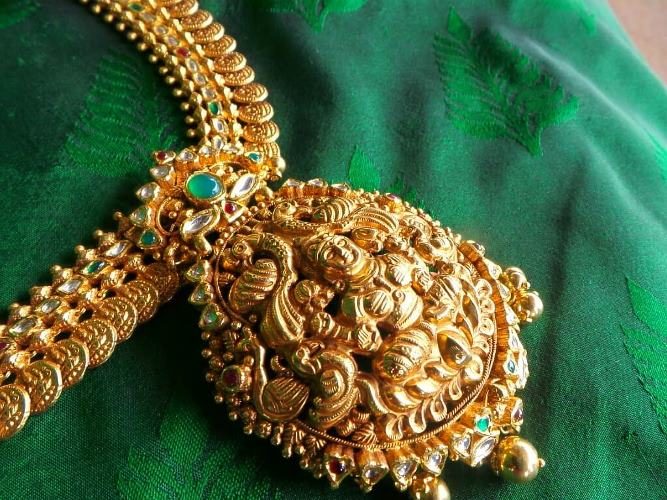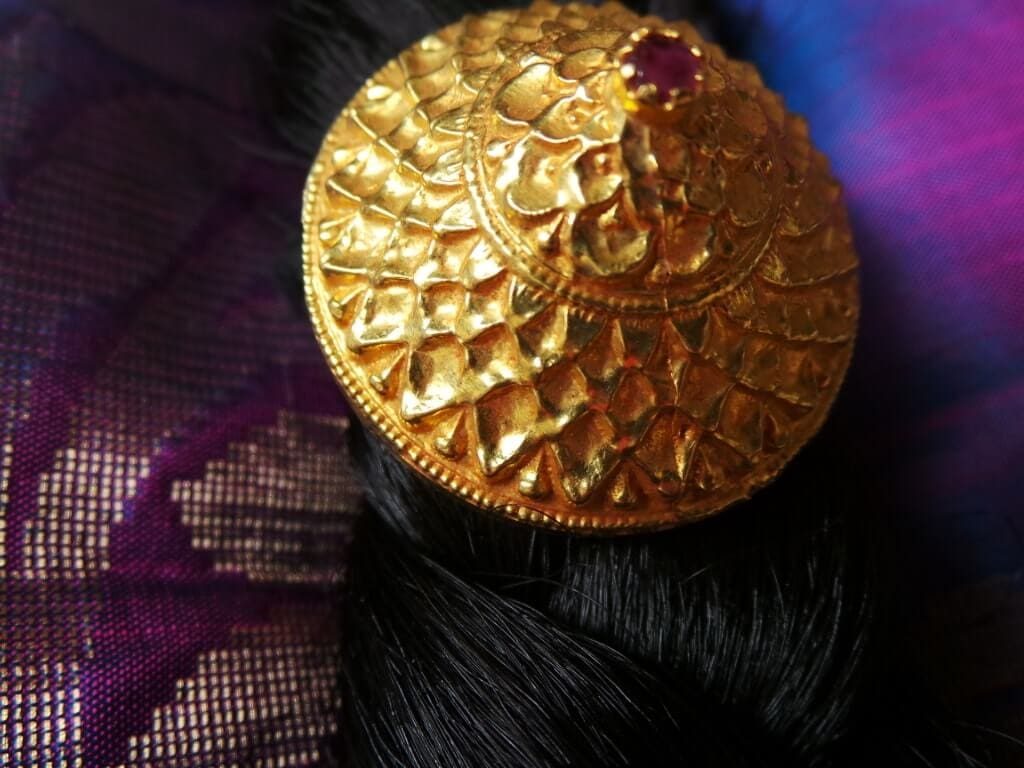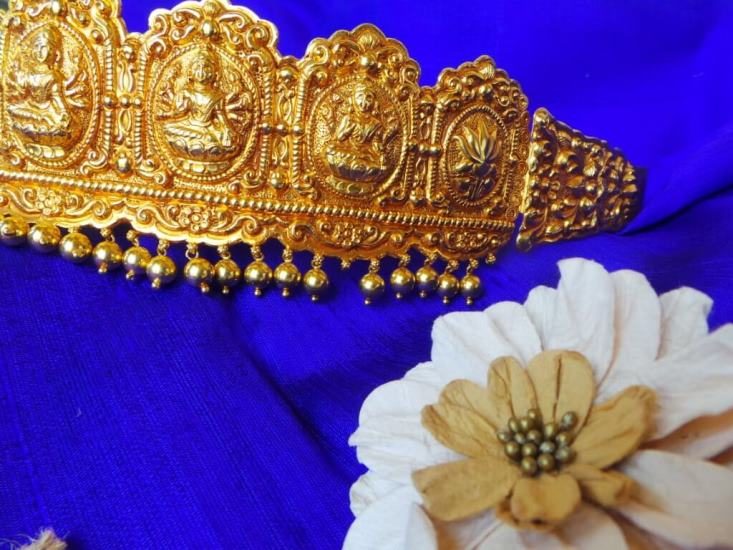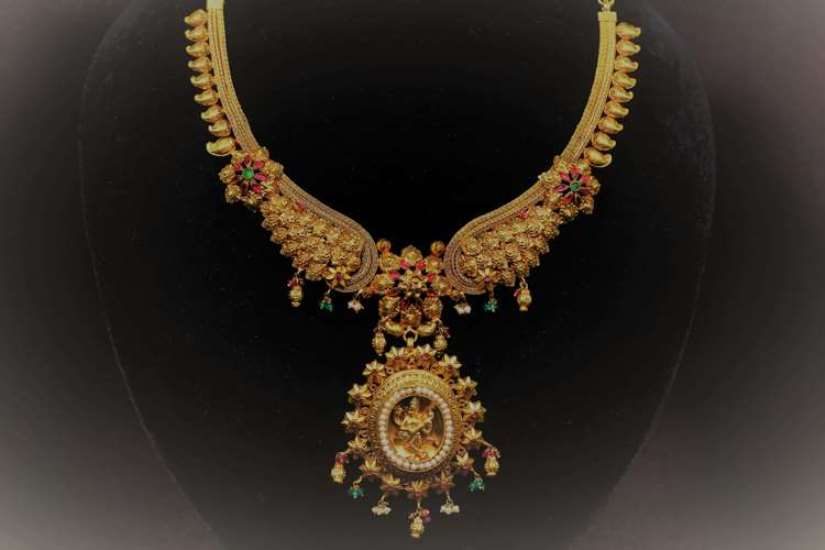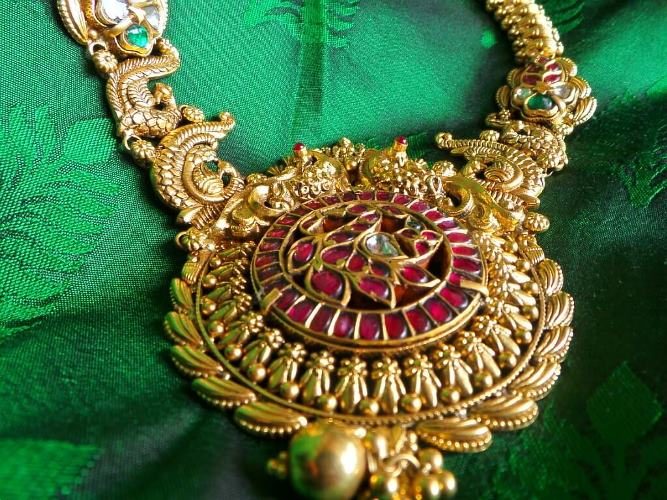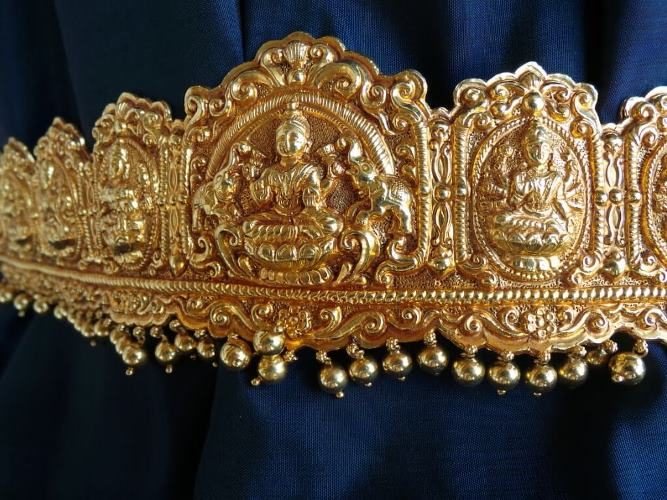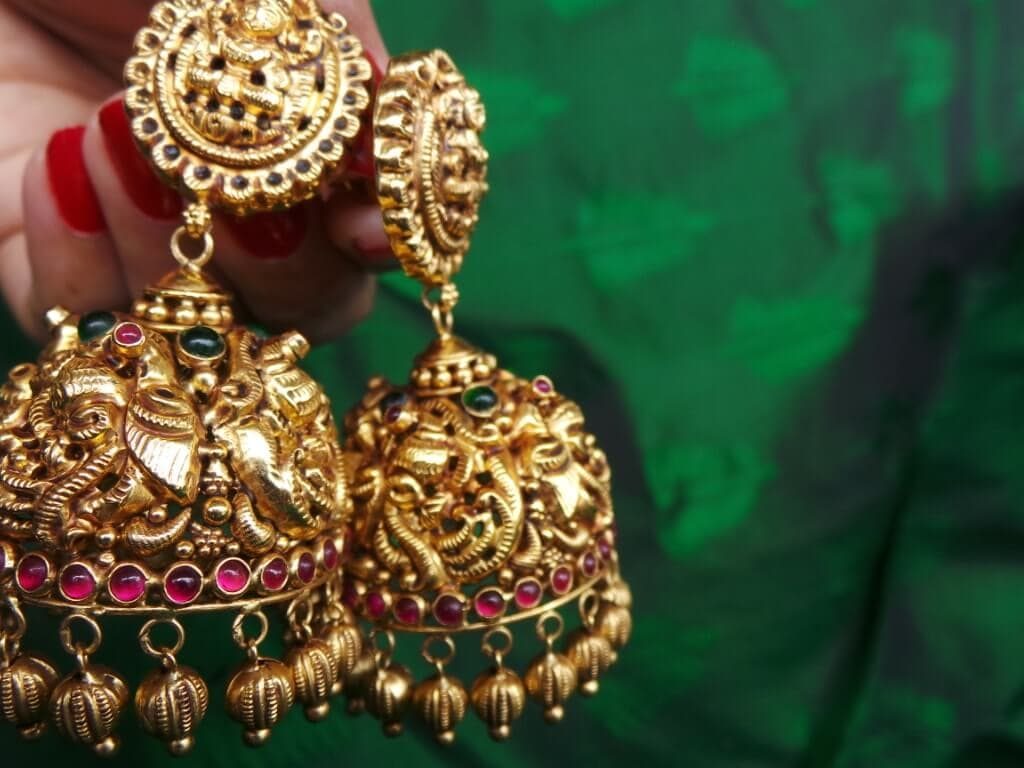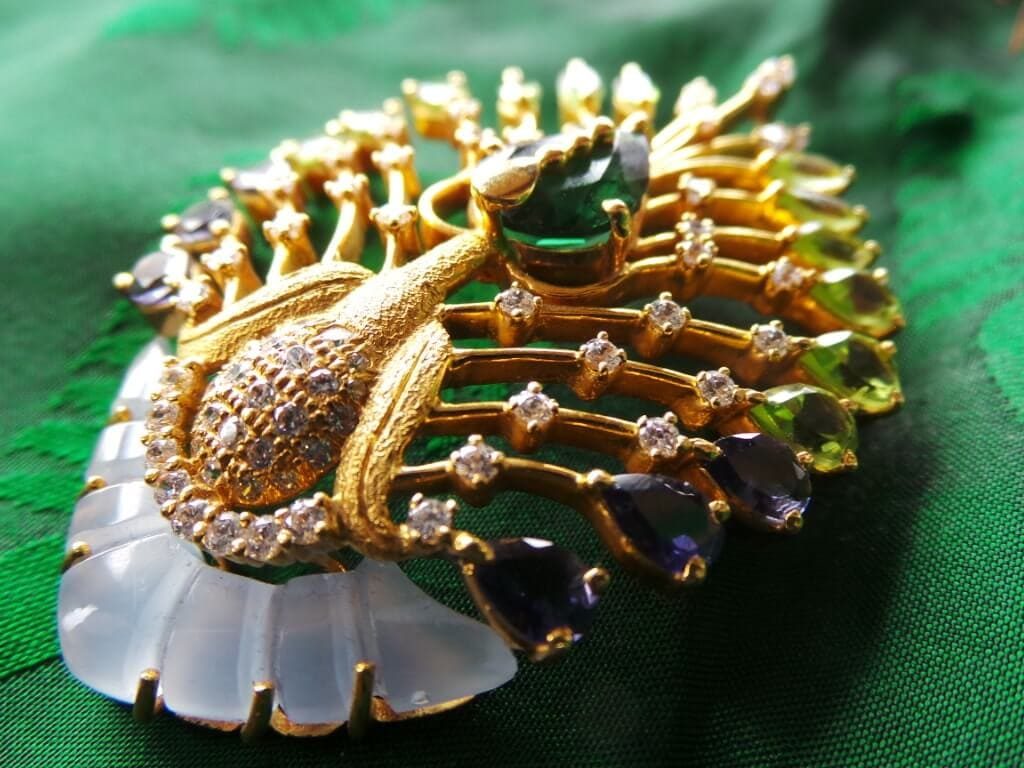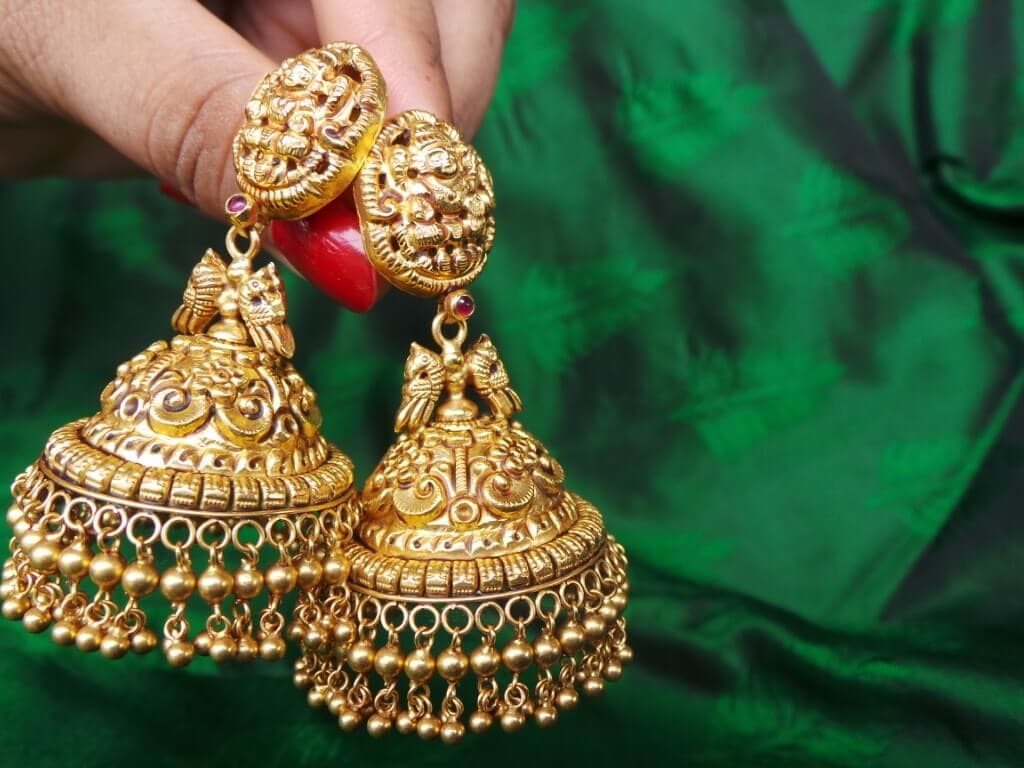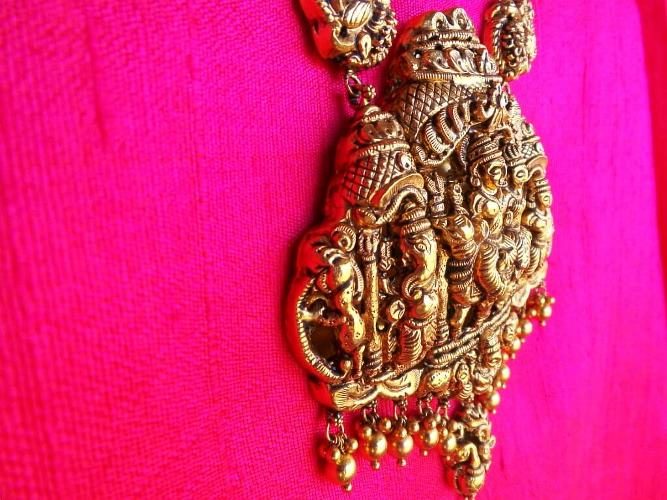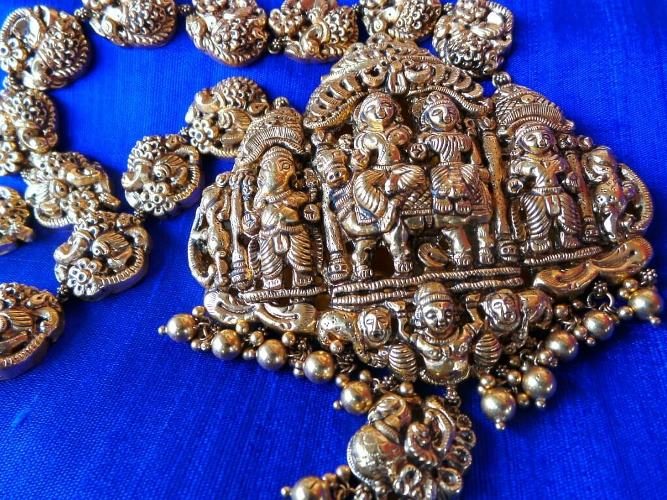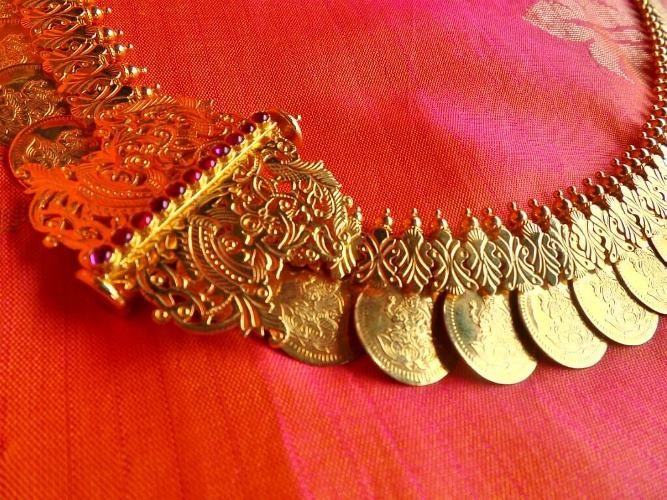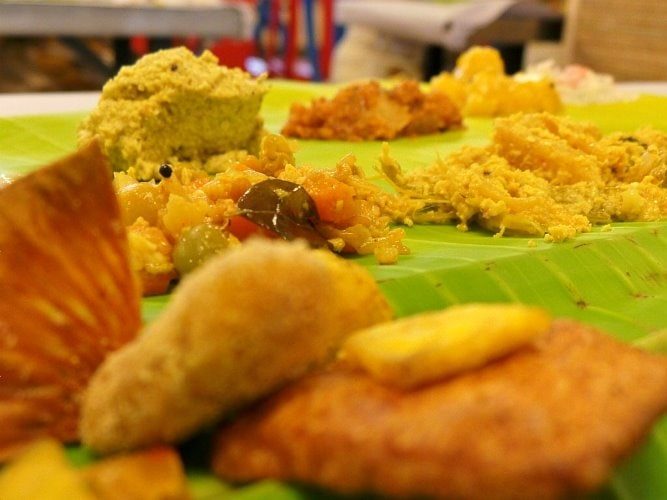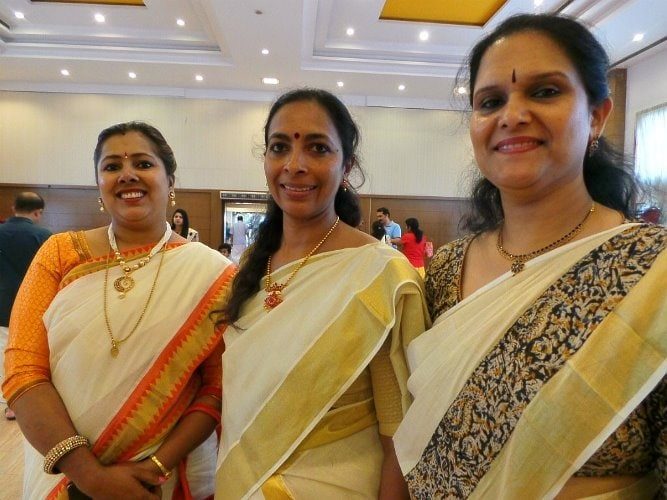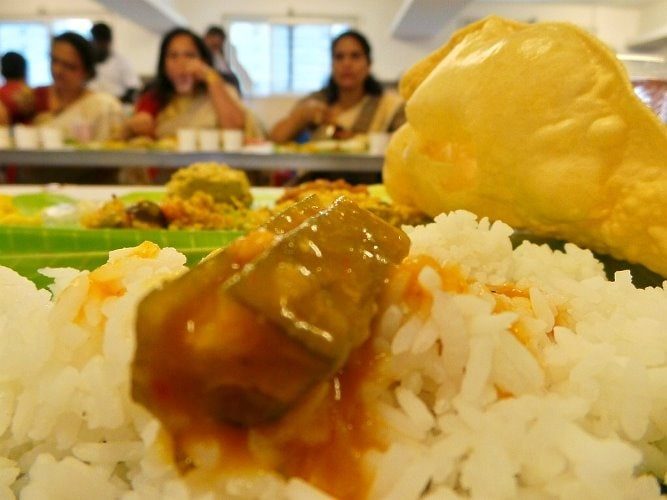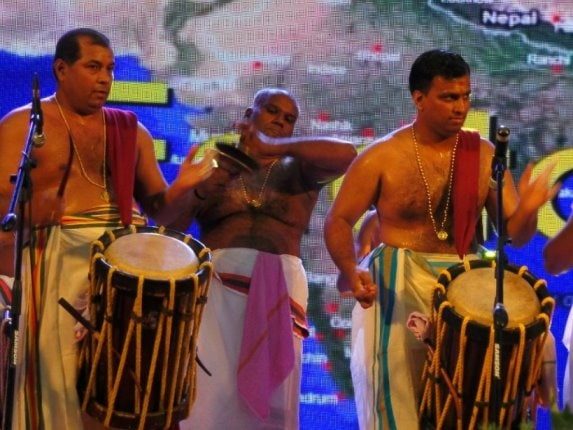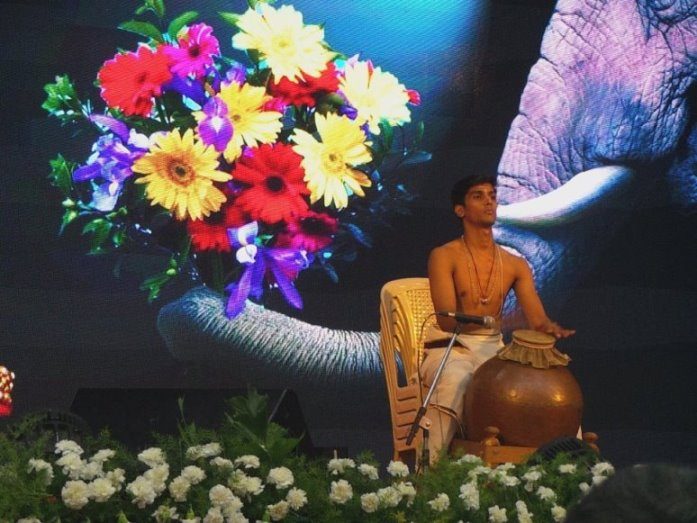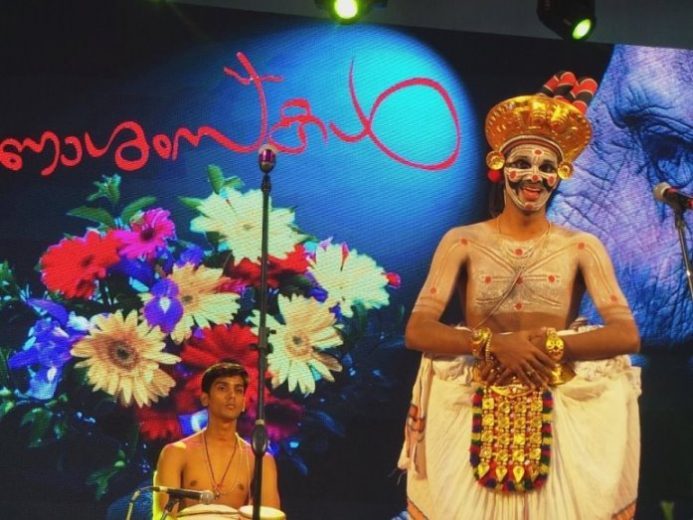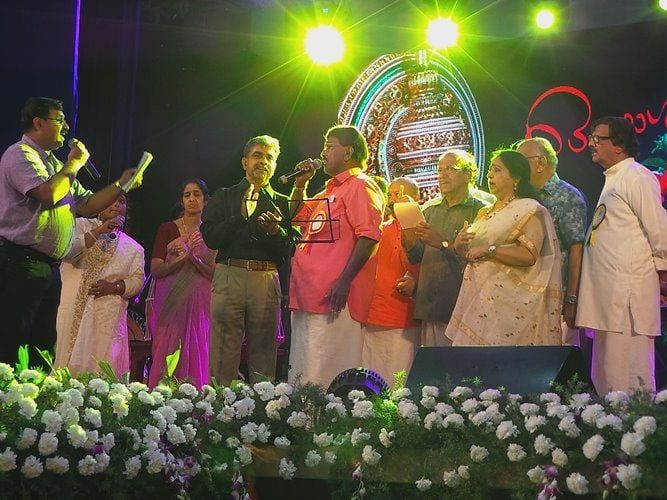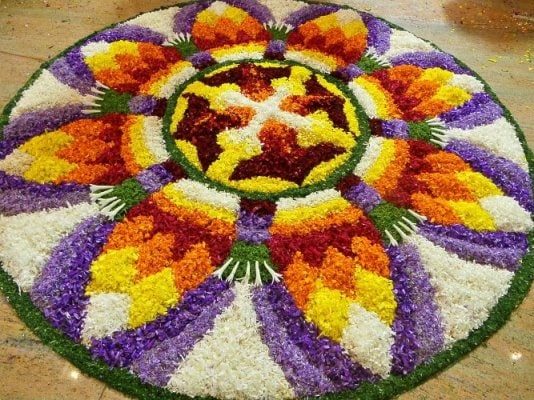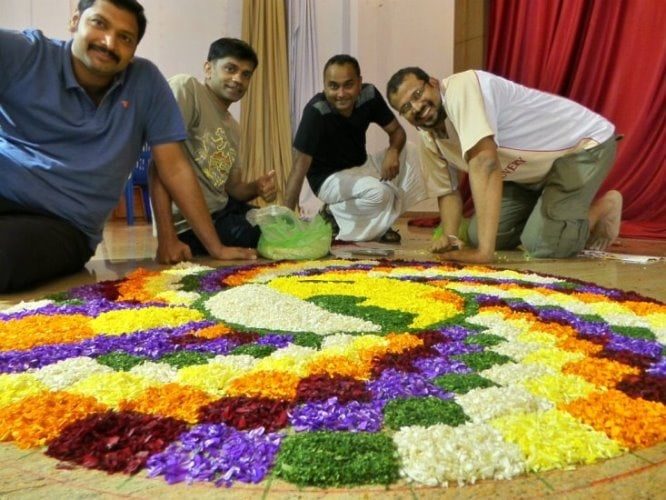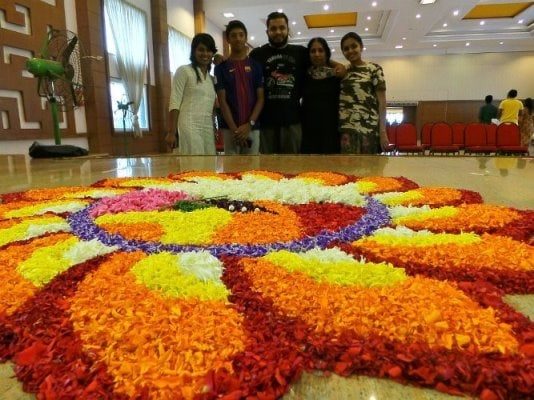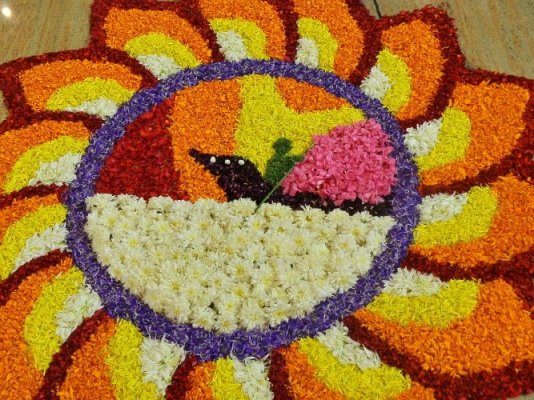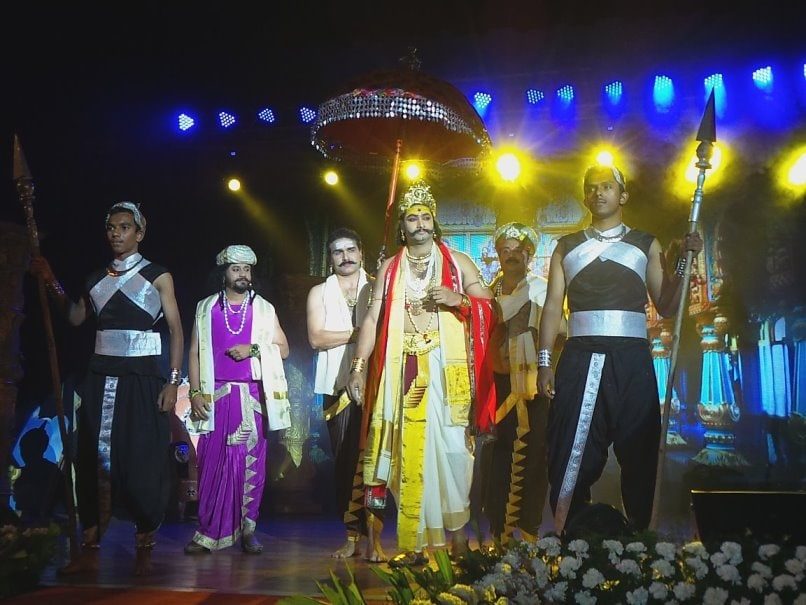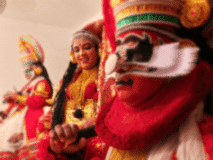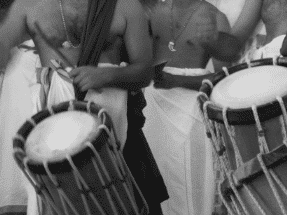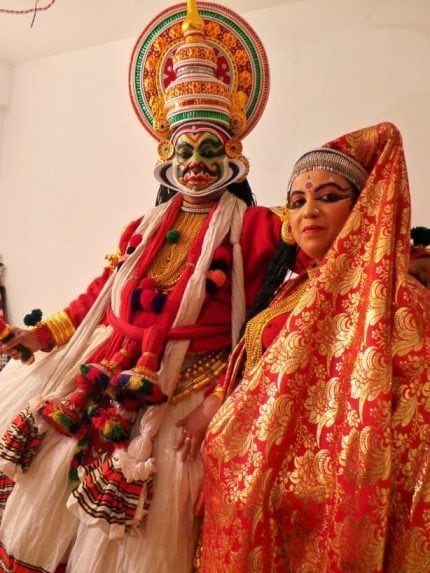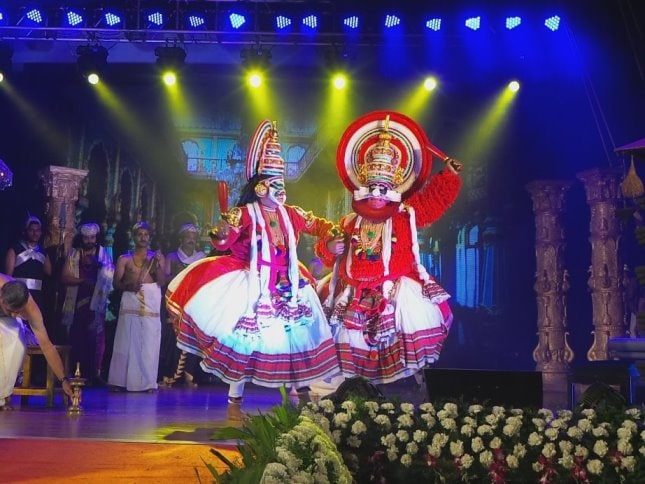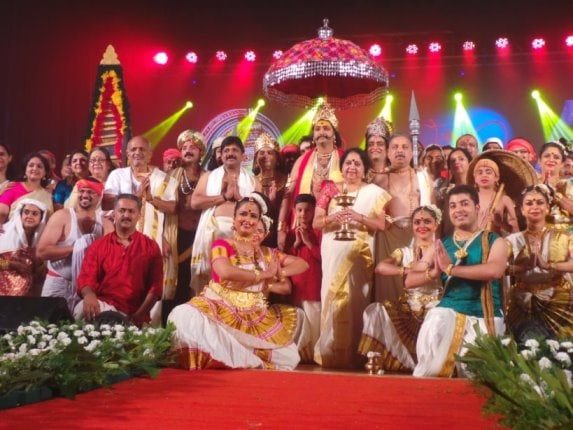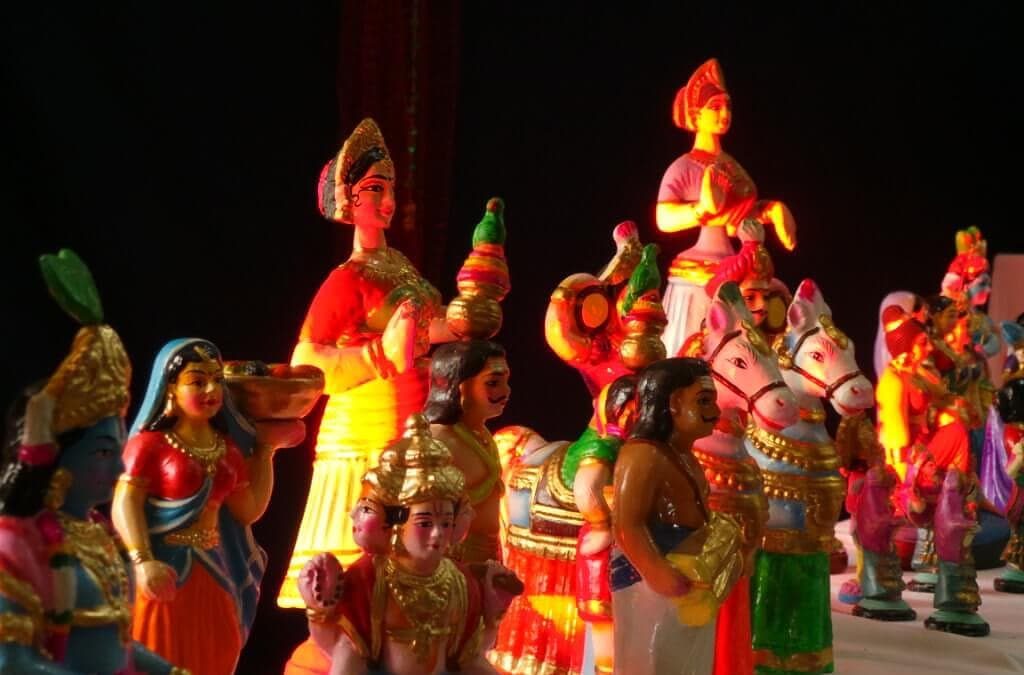
Bombehabba at Sankalpa
“Amma, who is that giant?”, “Krishna is trying to steal benne!”,“Such cute chairs!” There is no end to the questions and exclamations. Curiosity and enthusiasm are the secrets to a life filled with wonder. The bombehabba brings this wonder not just to the children but all those involved and lucky to come across it. Though we don’t have the custom of displaying dolls during navratri, my child is lucky to be a part of the beautiful Bombehabba at Sankalpa.
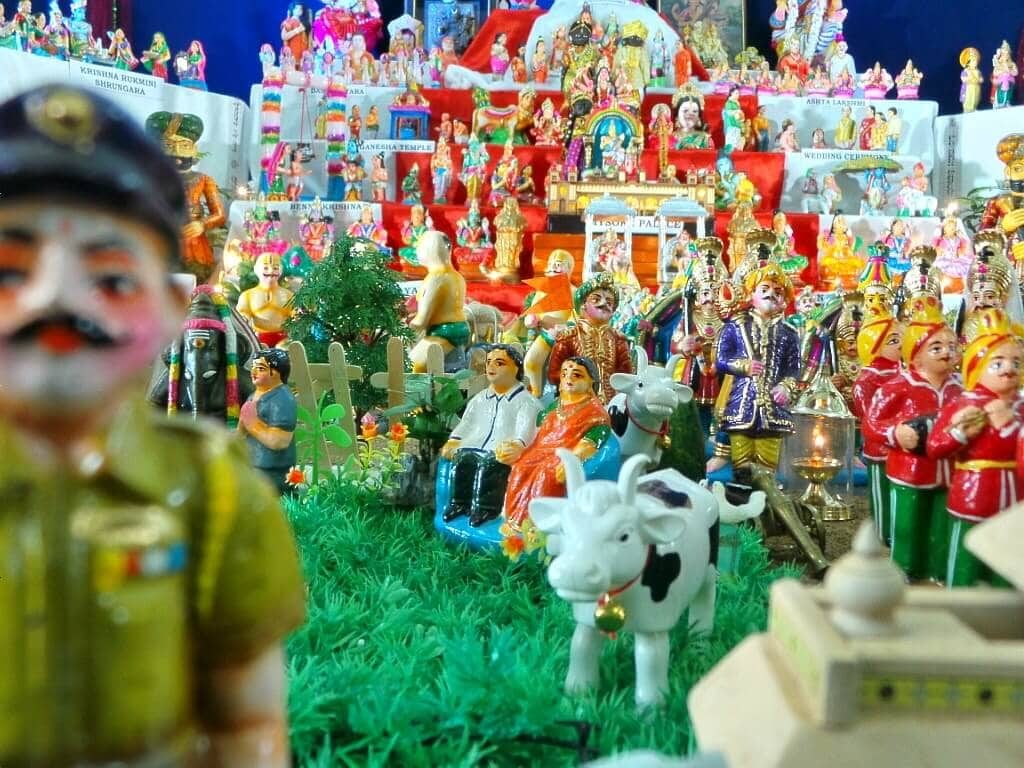
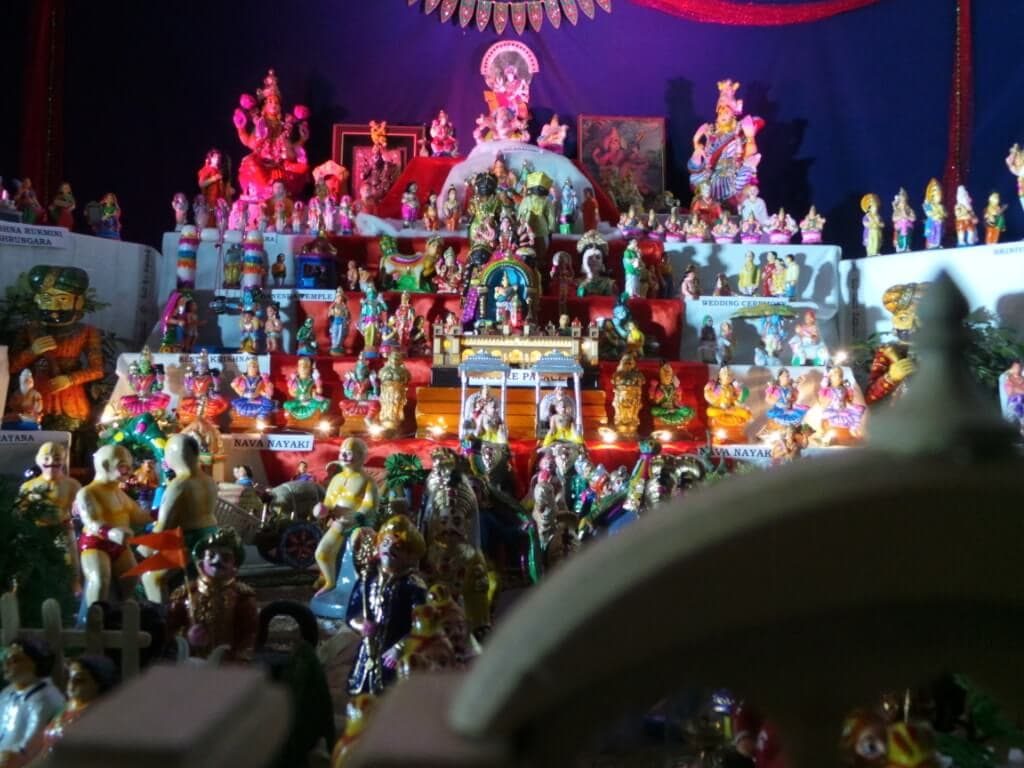
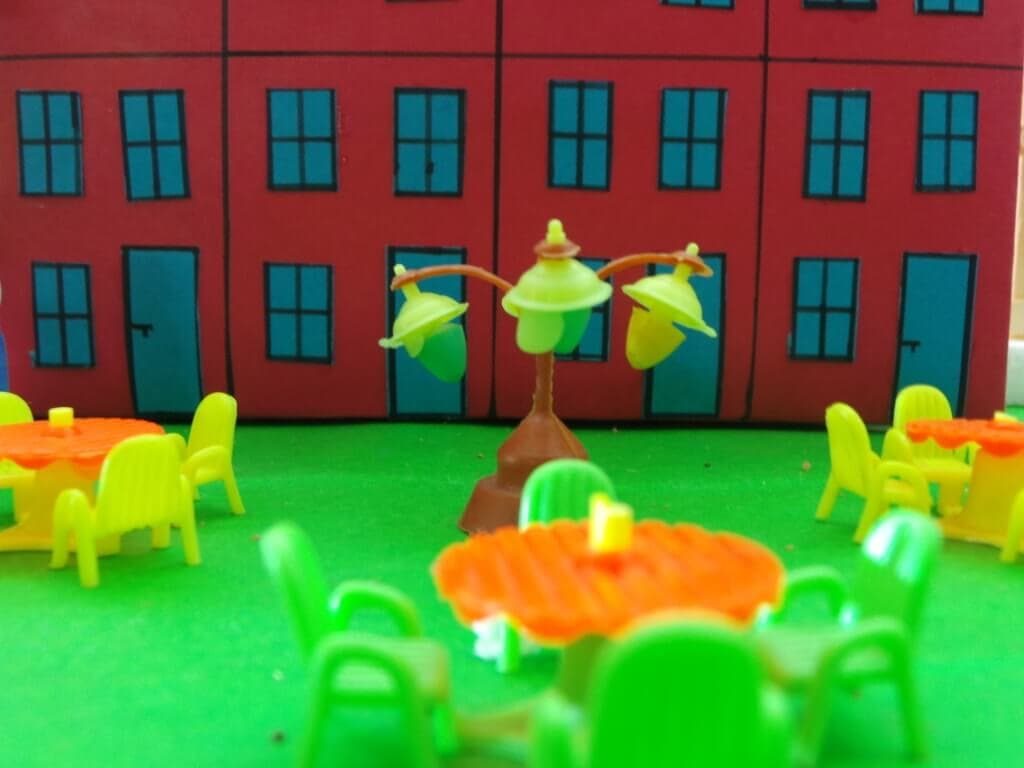
The Pattda gombe – Also called Pattath Bommaikal or Marapacchi bommai, they are the main dolls, depicting the husband and the wife. Given to the bride by her parents, they are the first of her collection of dolls to be displayed at Dasara. Made of teakwood, rosewood or sandalwood, they are dressed and decorated in silk and accessories. Alongside the Pattada gombe, a wedding ceremony is also featured here.
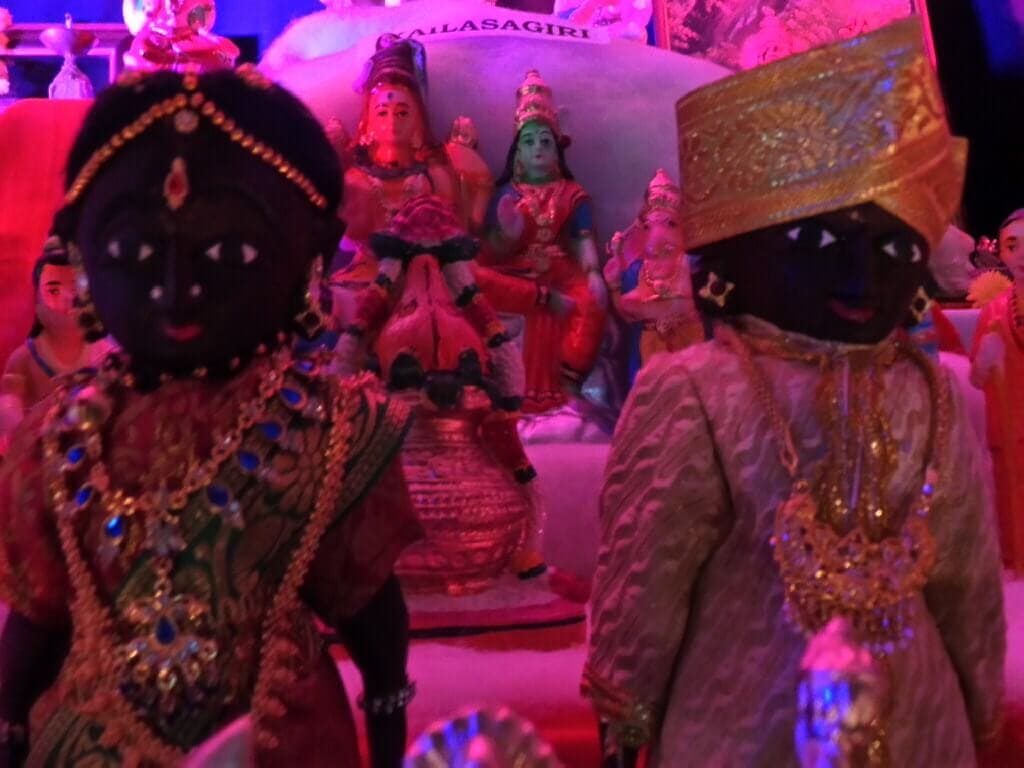
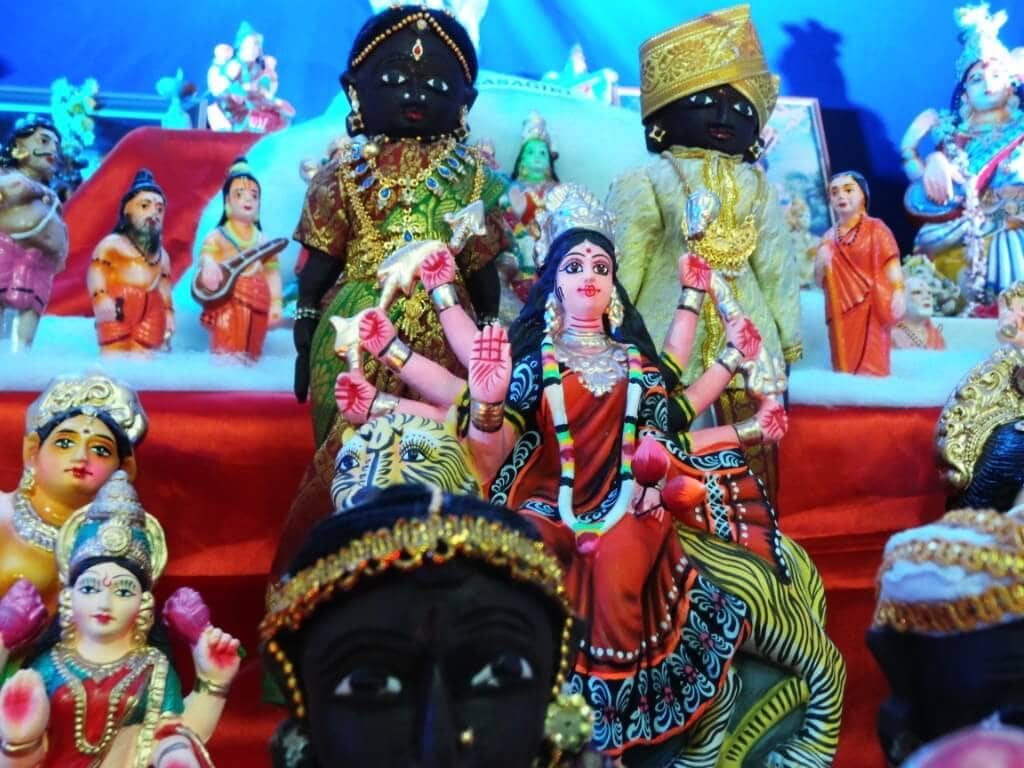
Ma Durga – Riding the tiger, she is the epitome of courage, bravery and will.
Gowri and Goddess Lakshmi look resplendent and complete the Devi in all her forms. The Goddess is the epitome of compassion, learning, courage, goodwill and wealth. The Navanayikas, the Ashtalakshmi are all symbolic of her benevolence.
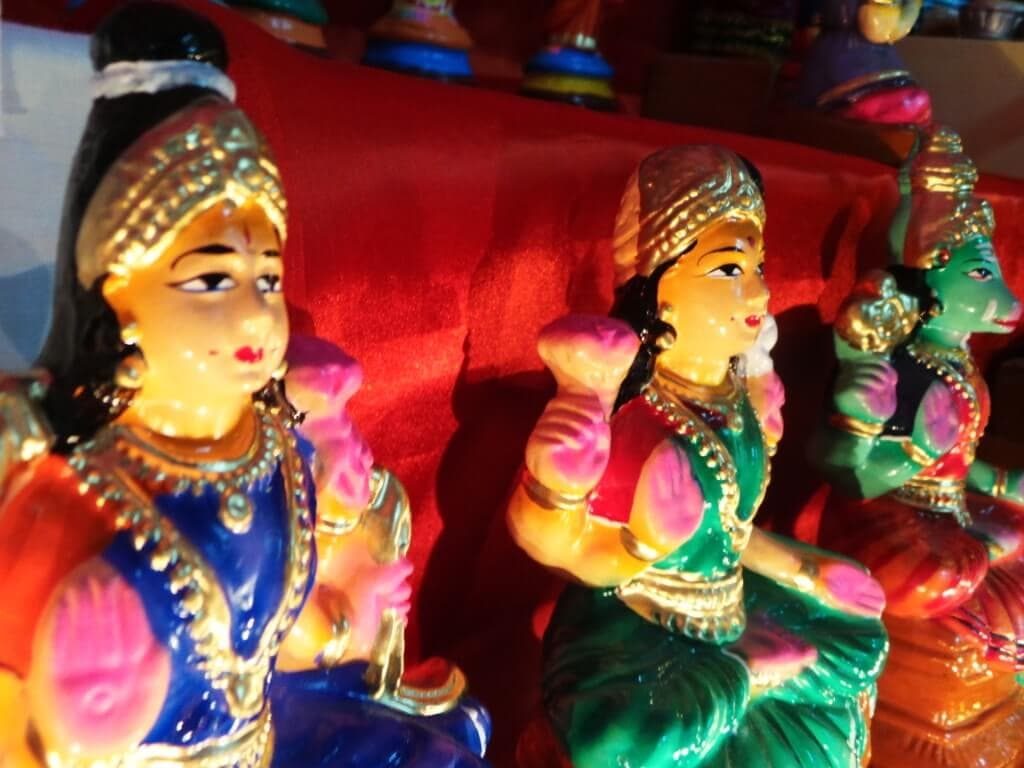
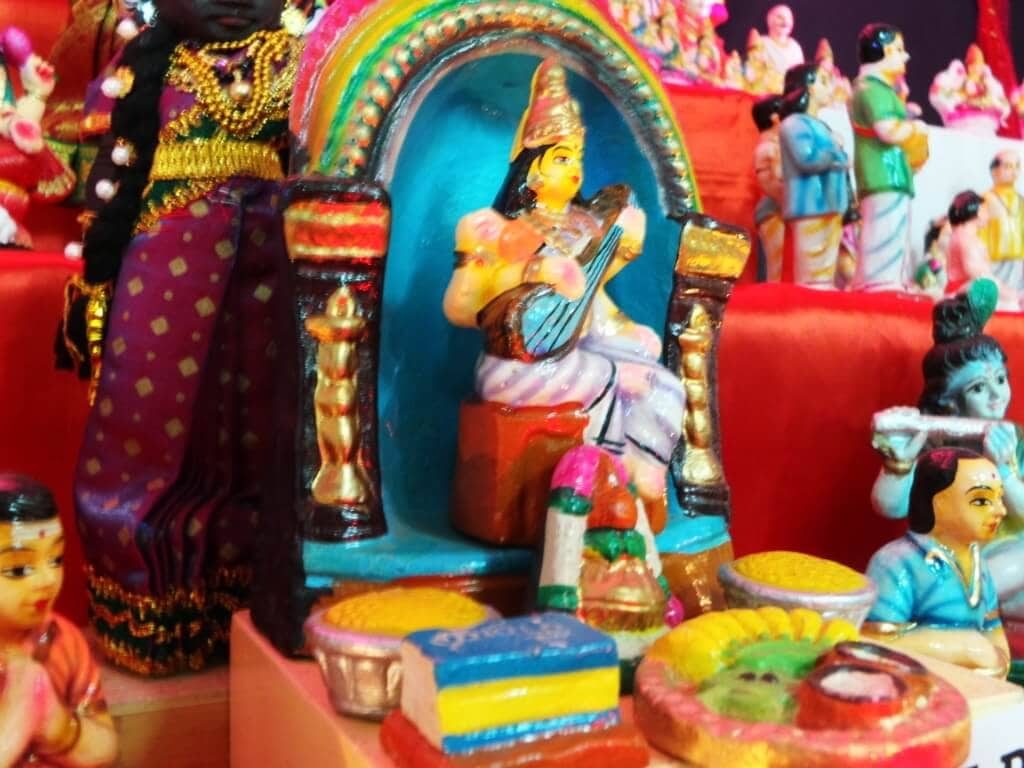
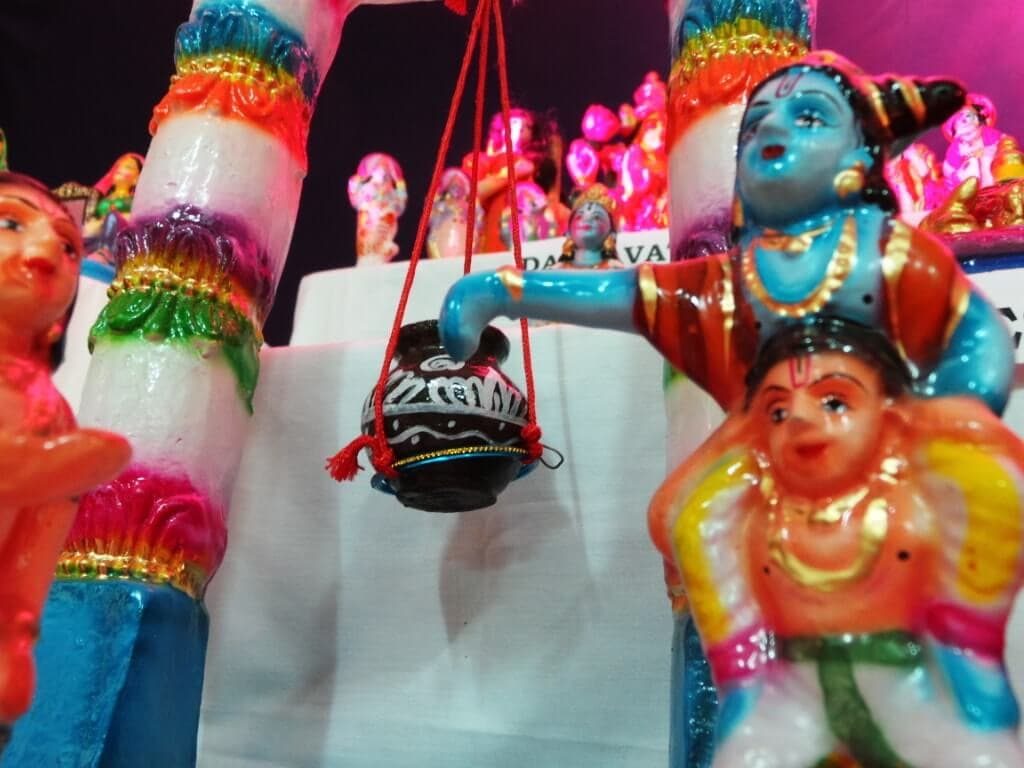
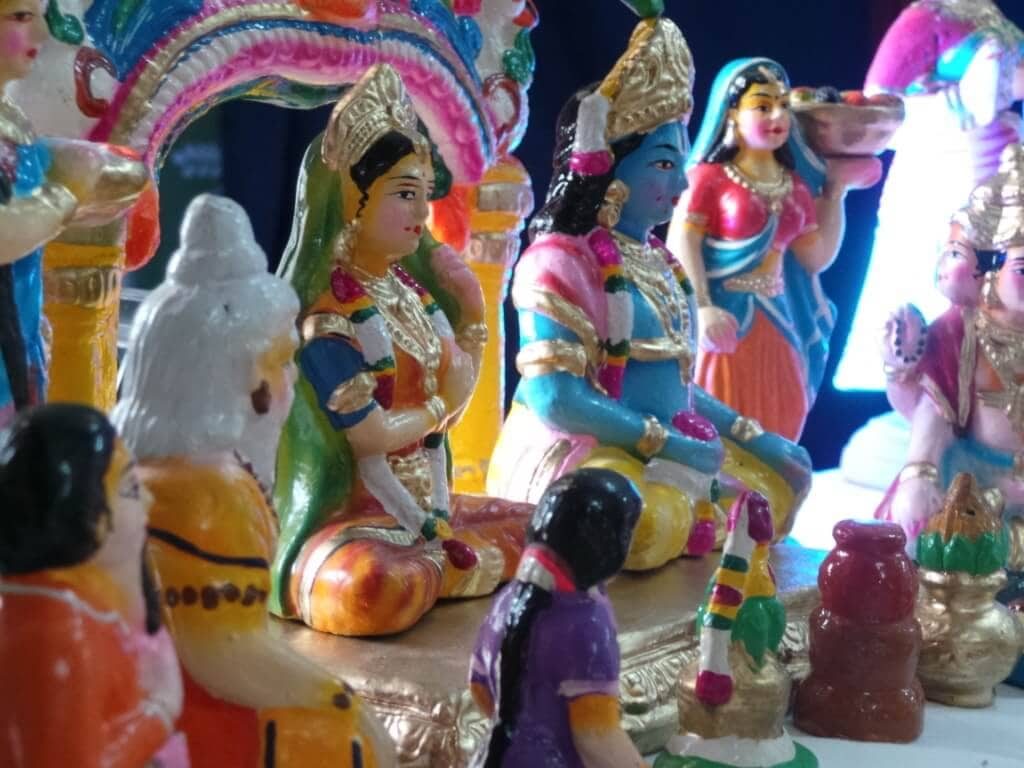
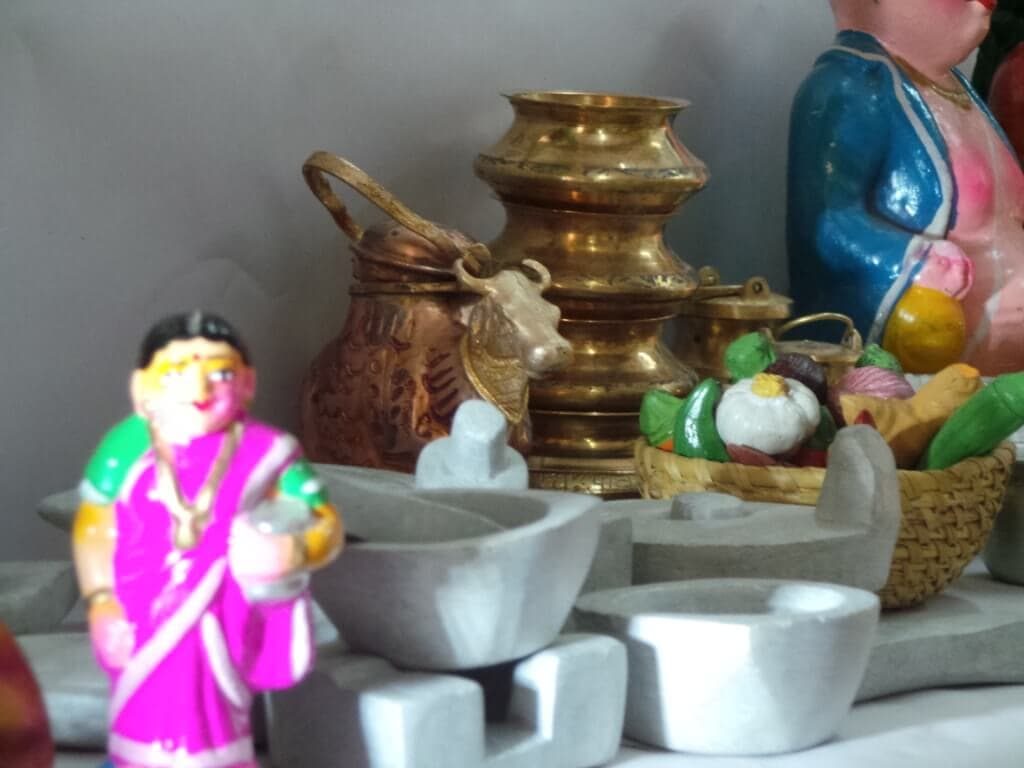
Kumbhakarna and Bakasura – with all the tasty snacks before them captured the attention of the kids and then it was all about them and their stories.
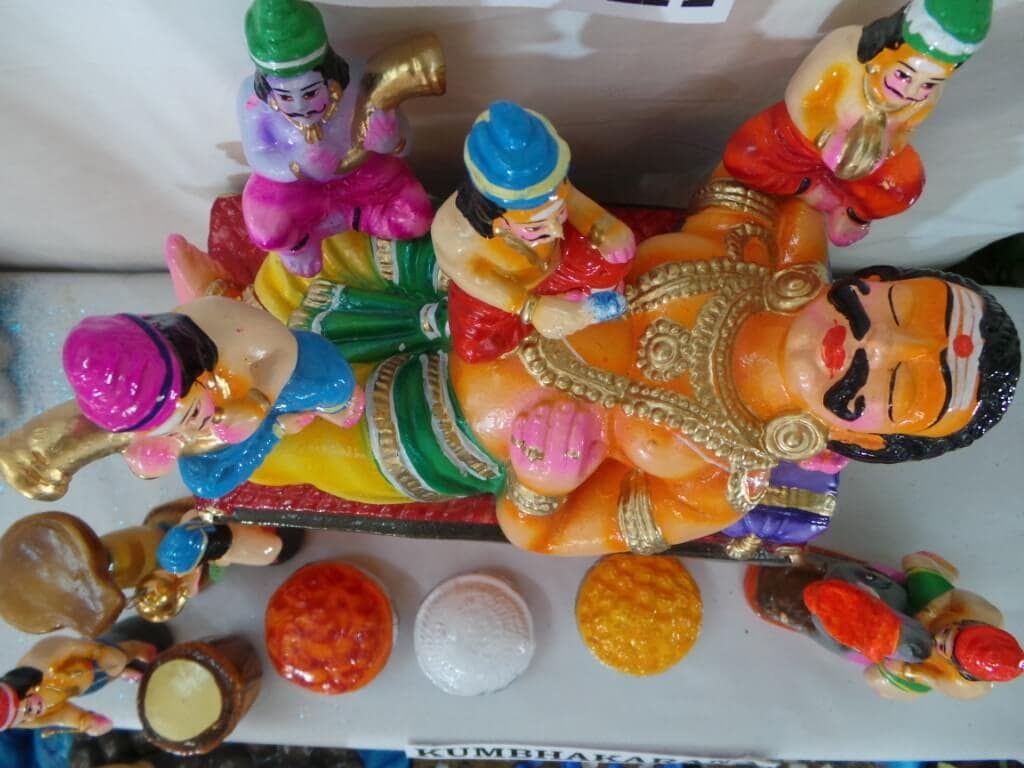
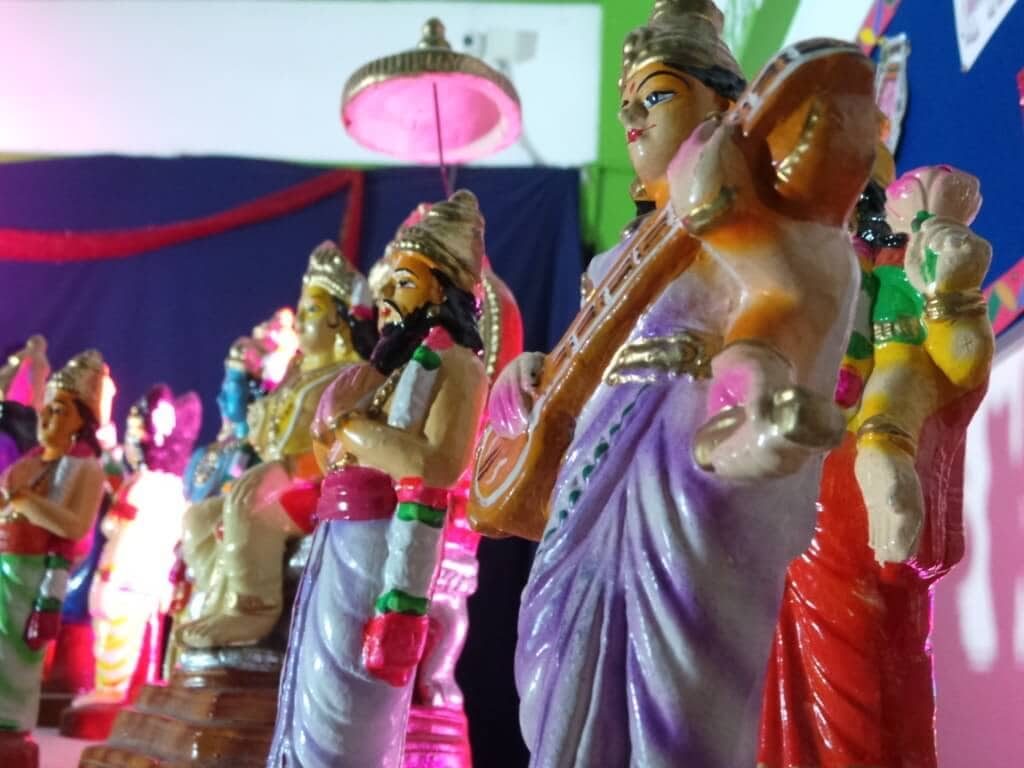
Village life – The scenes from a village are beautifully translated in this Bombehabba at Sankalpa. The grinding stone immediately transported me back to my childhood home. When I used it for the first time, what pride I felt! The first masala ground by me maybe when I was 10 or so..
Not because I had to do it, but because I wanted to!
The Harvesting season and Pongal– I loved the simple yet effective way of bringing the reason and the celebration together. The many stages of growing our food are all seen here.
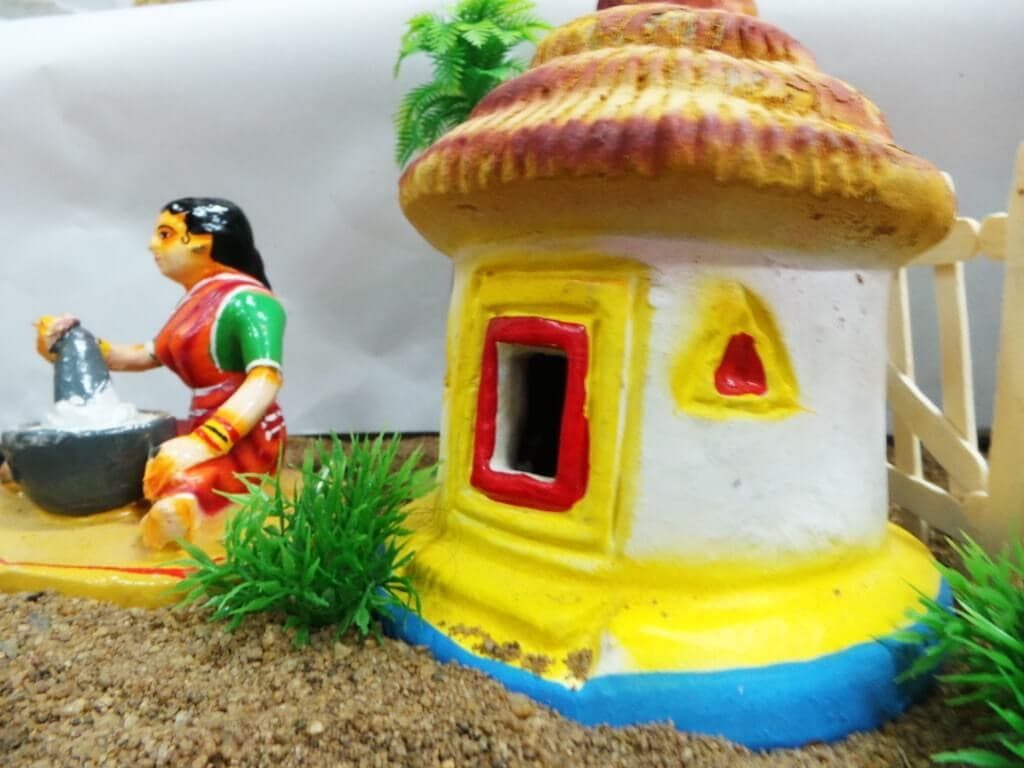
The star of the show- is definitely the Mysore palace and the Dasara Procession. Including the ambaari, the cultural extravaganza and the band leading the way, it’s amazing. The view from the archway is awesome, right up to the palace. Flanked by the zoo on one side and a park on the other, it gives us a glimpse of the festivities around Dasara. The lions, Ms. Jyothi Chetan tells me, are inherited by her and are more than a hundred years old!
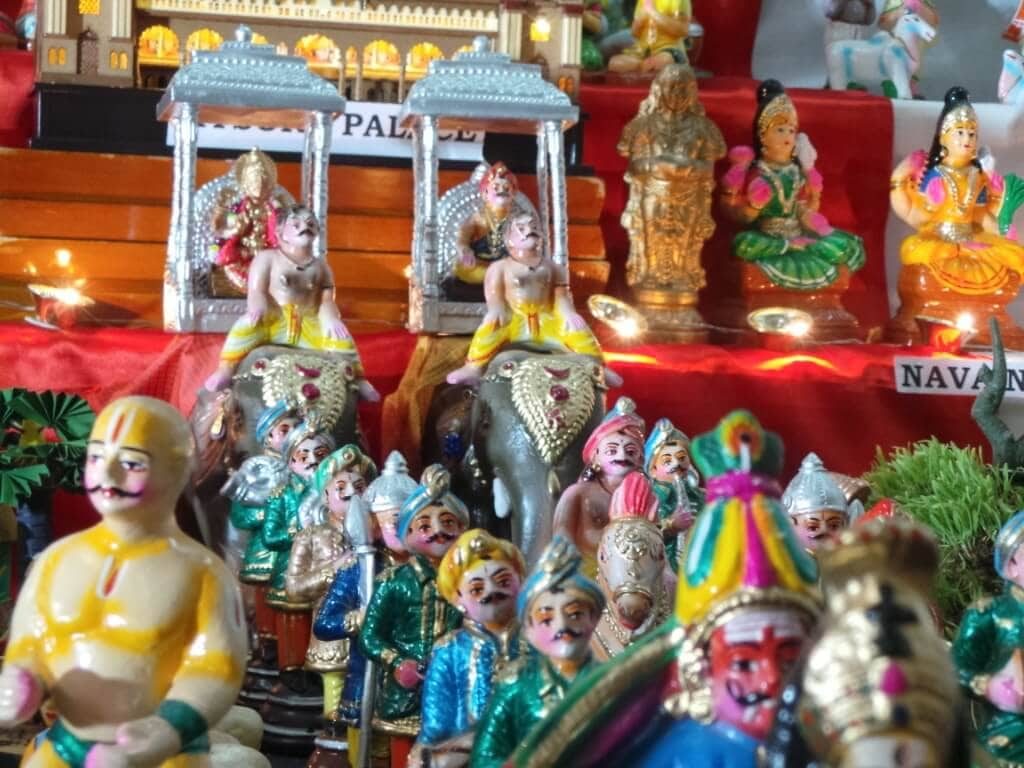
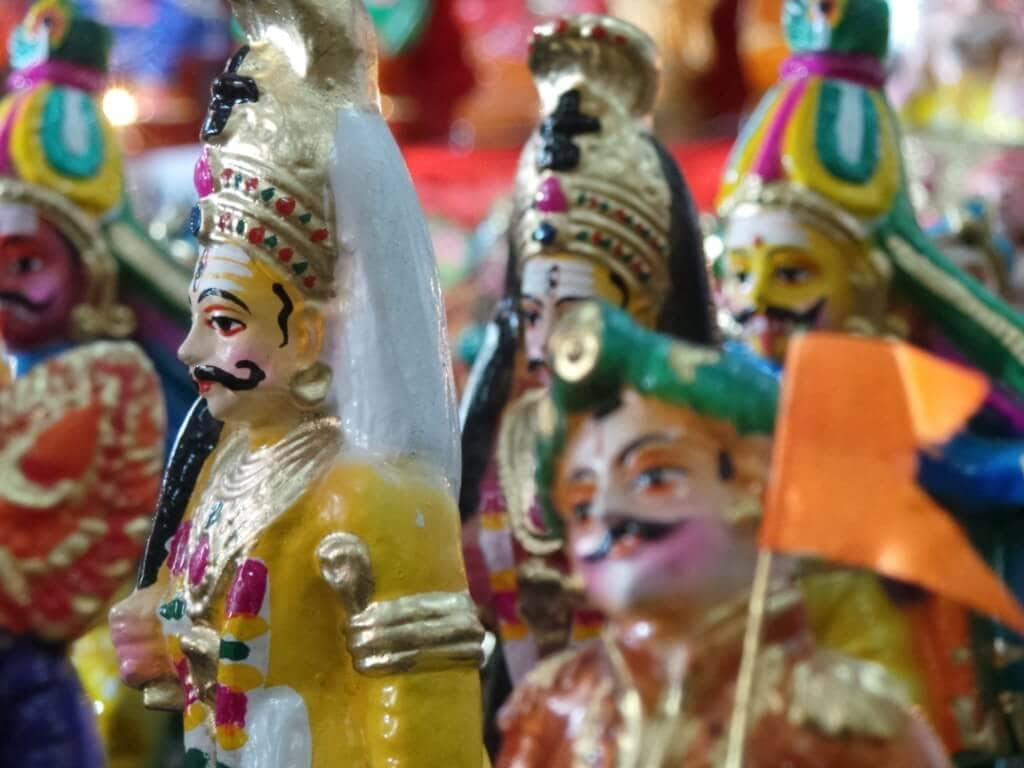
The School – complete with the building (a DIY made of chart paper), the teacher, students with benches and desks, a blackboard and a fan! Most apt when the Bombehabba is at Sankalpa Montessori School.
The Town – The cityscape is depicted with high rise buildings, quaint houses ( a DIY of paper cups), channapatna toys, vehicles, roads with humps and bumps( the speed breakers), the streetlights and vehicles. The cute chairs and tables in plastic, the malai kulfi seller, the play area for kids are all super cute.
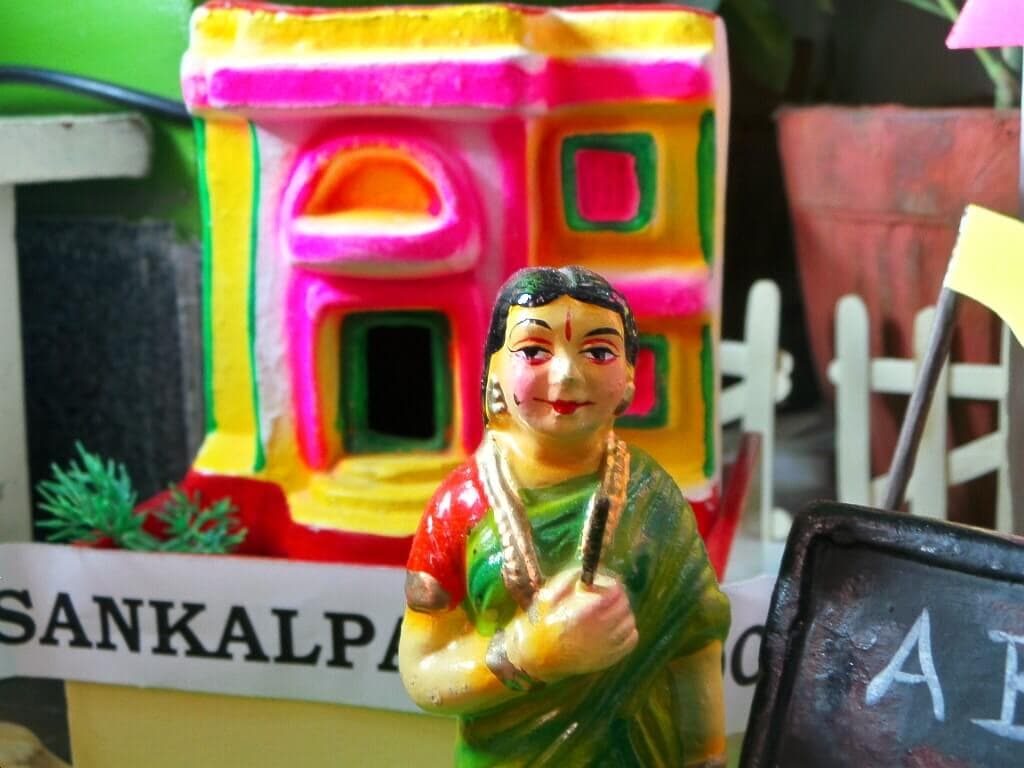
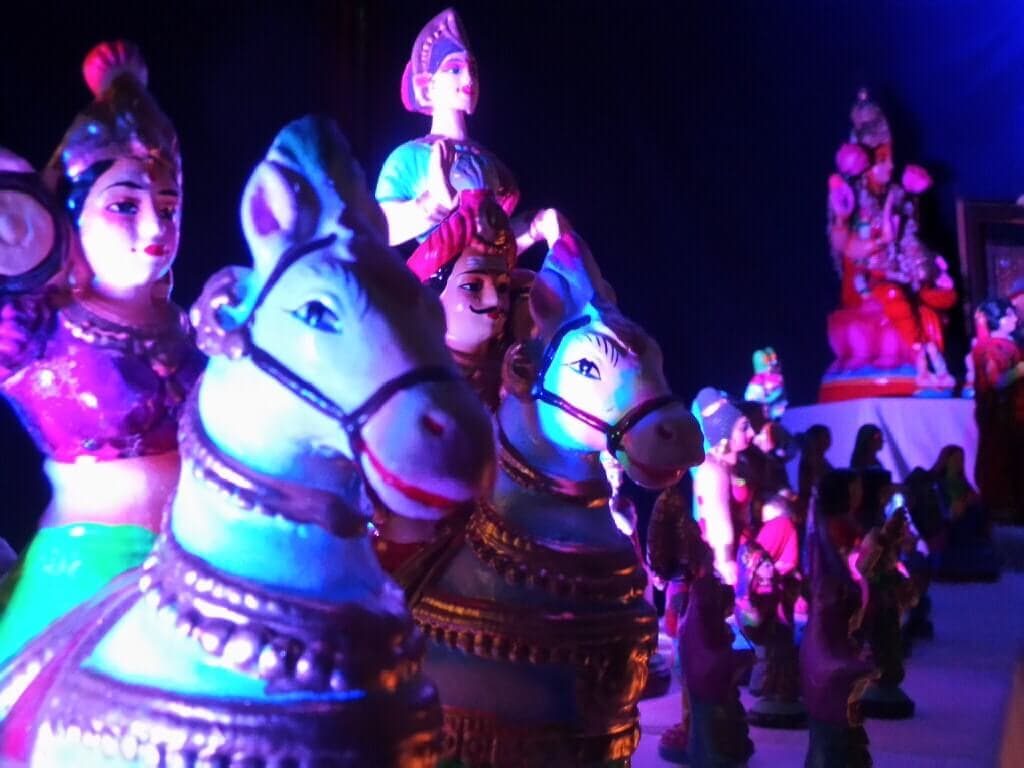
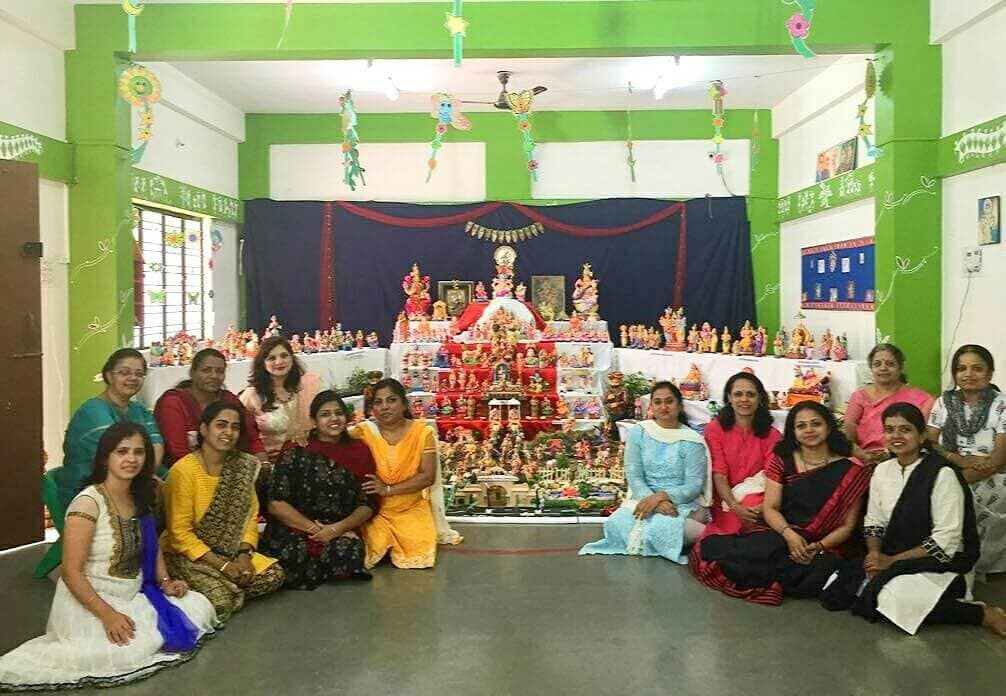
The team at Sankalpa headed by Ms. Jyothi Chetan
Lots of Twinkles to all of you.
May the festivities continue to bring light and goodwill in our lives.
Anupama.
PS- If you miss it this year, no worries. You can always take this as an inspiration and have one of your own next year. Don’t forget to send me pictures though.

